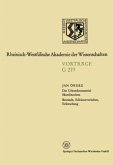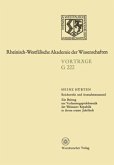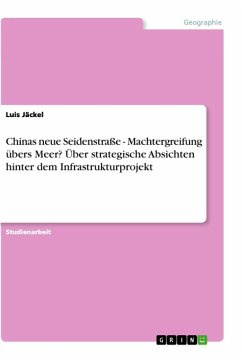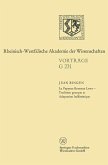During the last decade or so there has been a shift in evaluating Com munist China from a more Soviet influenced view to a "taking-China-much more-serious" one. China seems to follow her own line again in contrast to Soviet Russian models of the recent past. The question raised in this paper aims therefore at defining something like a common Chinese pattern of change which involves decline of past traditions together with the develop ment of new ones. In order to show this, three outstanding examples of Confucianist reactions to the new situation are described from about 1860 down to 1920, followed by an attempt at systematizing certain common features of a Chinese culture model which would serve the purpose of hold ing China together in the face of sweeping changes. The situation during the 18th century seems to indicate a cultural stand still beneath the surface of maximum political achievement. There were few, if any, new creative forces which would have pushed China to a morefavourable position against the oncoming challenge of Western aggressive ness. Painstaking textcritical scholarship brought new light on understand ing China's ageold Classics paving the way for modernizing interpretations later, and a growing insistence on practical studies brought younger genera tions to become aware of China as a huge pulsating social and economic organism thereby preparing them for resistance against Western impacts. But the Chinese society as a whole seemed to remain unmoved.
Hinweis: Dieser Artikel kann nur an eine deutsche Lieferadresse ausgeliefert werden.
Hinweis: Dieser Artikel kann nur an eine deutsche Lieferadresse ausgeliefert werden.








